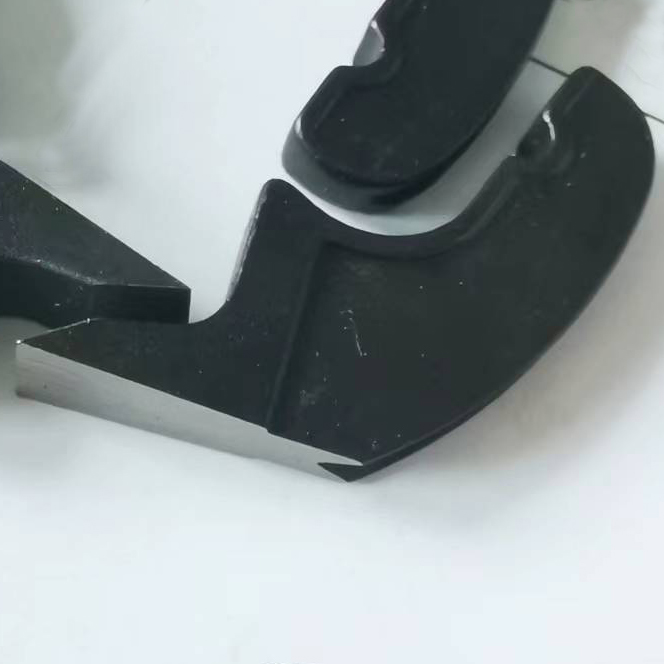Sawmill Replacement Teeth Removal
Sawmills play a crucial role in the timber industry, contributing to the production of various wood products. One essential component of a sawmill is its cutting teeth. Over time, these teeth can become worn or damaged, requiring replacement for optimal performance. This article will delve into the process of sawmill replacement teeth removal.
The first step in the removal process is to ensure the safety of the operator and those working in the vicinity. It is essential to wear appropriate personal protective equipment, such as safety glasses, gloves, and ear protection. Additionally, the sawmill must be turned off and disconnected from any power source before proceeding with the teeth removal.
Next, the operator should have a clear understanding of the sawmill’s construction and mechanism. Different types of sawmills may have variations in their teeth design and removal techniques. Consulting the manufacturer’s instructions or seeking guidance from an experienced professional can provide valuable insights into the specific removal process.
Once familiar with the sawmill’s structure, the operator can begin removing the worn or damaged teeth. Typically, this involves loosening the bolts or screws that secure the teeth in place. A suitable wrench or tool should be used to carefully loosen and remove the fasteners without causing damage to surrounding components.
After the fasteners are removed, the old tooth can be gently pulled out from its position. It is crucial to exercise caution during this step to prevent any unnecessary strain on the sawmill or risk injury. Depending on the sawmill’s design, there may be additional mechanisms or locks that need to be disengaged before the tooth can be fully removed.
Once the old tooth is successfully removed, it is time to prepare for the installation of the replacement. Before inserting the new tooth, the area where the tooth will be placed should be inspected for any debris or blockages. It is important to clean the space thoroughly to ensure a secure fit and unhindered operation.
The new tooth can then be inserted into its designated position. Care should be taken to align the tooth correctly with the other teeth to maintain a uniform cutting surface. Once in place, the fasteners should be reattached and tightened securely, ensuring that the tooth remains firmly in position during operation.
After completing the teeth replacement process, it is essential to conduct a thorough inspection of the sawmill. This inspection ensures that all components are properly secured and functioning as intended. Any signs of misalignment or loose parts should be addressed promptly to prevent further damage or accidents.
In conclusion, the removal of sawmill replacement teeth is a critical task that requires careful attention to detail and safety precautions. By following the proper procedures and guidelines provided by the manufacturer, operators can ensure the smooth and efficient operation of their sawmills. Regular maintenance and prompt replacement of worn or damaged teeth contribute to the longevity and effectiveness of the sawmill, ultimately benefiting the timber industry as a whole.
Sawmill Bits And Shanks For Sale

